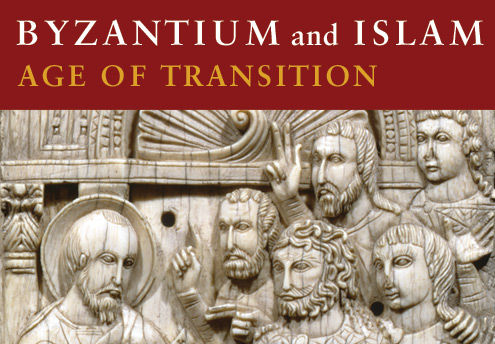Yet much of this was also true in the medieval West. The real contrast is most apparent when we compare the relationship between church and state in the West with that in the East. In the West, the departure of the emperors from Rome permitted local bishops to create a papal monarchy and challenge kings and emperors. In Constantinople, however, the emperor remained in residence, and no papacy developed.
Constantine himself summoned the Council of Nicaea in 325; he paid the salaries of the bishops, presided over their deliberations, and as emperor gave to their decrees the force of imperial law. When he legislated as head of the Christian church in matters of Christian dogma, he was doing what no layman in the West would do. In the East the emperor regularly deposed patriarchs and punished clerics. In short, the church often functioned as a department of state, of which the emperor was the effective head. Such a system, in which a single authority plays the role of both emperor and pope, is known as Caesaropapism.
Sometimes a patriarch of Constantinople successfully challenged an emperor. Moreover, absolute though they were, none of the emperors could afford to impose new dogma without church support or risk offending the religious beliefs of the people. The absolutism of the emperor did not apply to the inner, or “esoteric,” form of the church, for the sacraments remained the preserve of the clergy. Thus the emperor was more an “imitator of Christ”—the deputy of God on earth—with authority over both church and state.
Constantine had not wanted to intervene in the theological quarrel over Arianism, but he did so because the very structure of the Empire was threatened. The Council of Nicaea failed to impose a settlement, and the quarrel continued for another three-quarters of a century. New battles began over the relationship between the human and divine natures in Christ. Egyptian and Syrian Christians were monophysites—believers in a single, divine nature for Christ—and they successfully resisted attempts to force them to compromise.
In the East, more than in the West, monasticism became an ideal of the Christian life; to become a monk was to take a direct route to salvation. Worldly men, including many emperors, became monks on their deathbeds to increase their chances of going to heaven. At Byzantium, monks enjoyed enormous prestige and often influenced political decisions. Rich and powerful laymen, from the emperor down, founded new monasteries as an act of piety. Often immune from taxation, monasteries acquired vast lands and much treasure.
For the ordinary Christian, the sacraments of the church provided the way to salvation. In the East every religious act cook on a sacramental quality. Every image, every relic of a saint, was felt to preserve the essence of the holy person in itself. God was felt to be actually present in the sanctuary; he could be reached only through the proper performance of the ritual.
In the East the emphasis fell more on mystery, ritual, and a personal approach to the heavenly saviour than on the ethical teachings of Christianity. Once believers accepted the proper performance of an act as the right way to reach God, they could not contemplate any change in it; for if the old way was wrong, then their parents and grandparents were all damned.

